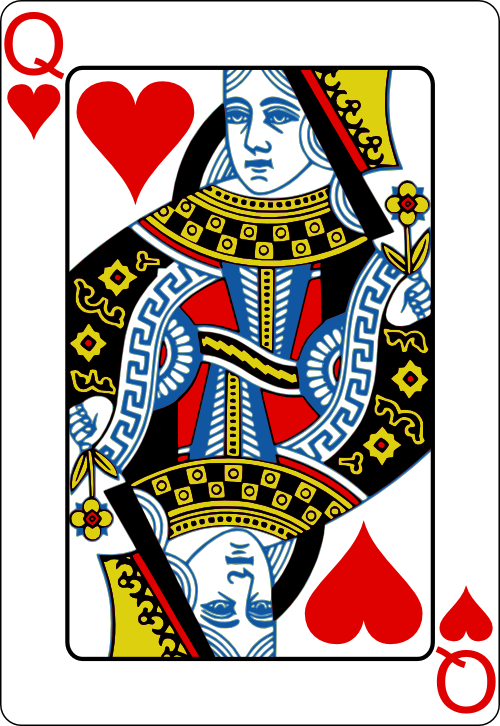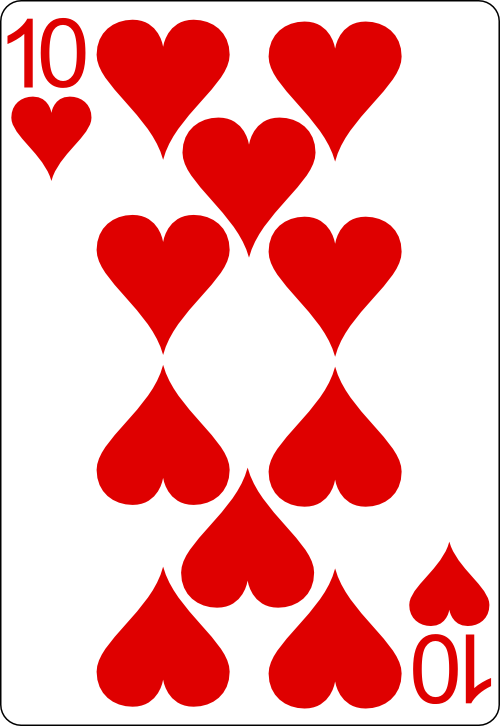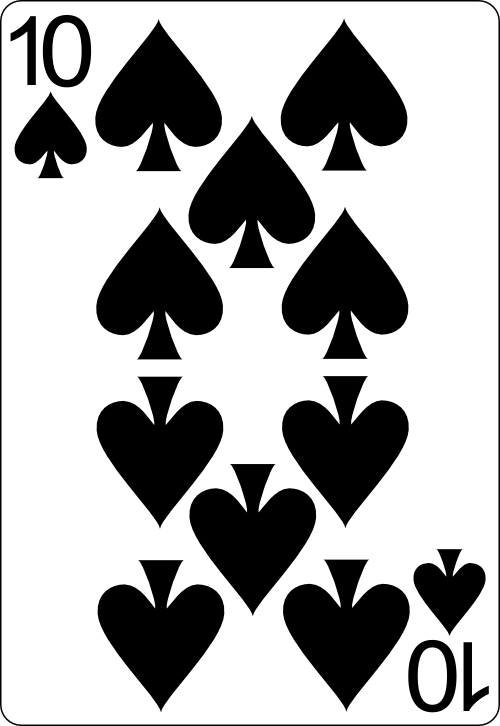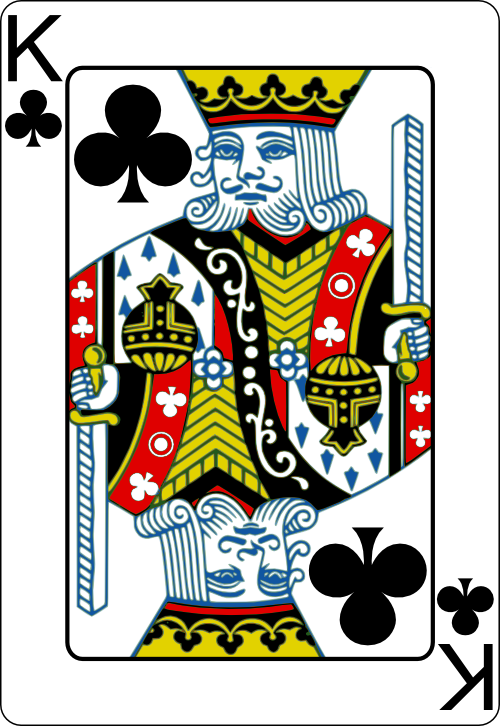The Importance of Starting Hands in Texas Hold’em
In the world of poker, especially in the popular variant known as Texas Hold’em, the significance of starting hands cannot be overstated. Understanding the game dynamics and the role of starting hands is crucial for any player aiming to gain an edge over their opponents.
Understanding the Game
Texas Hold’em is a community card poker game that involves a great deal of strategy, skill, and, of course, a bit of luck. Each player is dealt two private cards (known as “hole cards”), and five community cards are dealt face-up on the “board”. The objective of the game is to make the best five-card poker hand using any combination of the seven cards (the five community cards and the player’s two hole cards). For a more detailed understanding of the game rules, check out our comprehensive guide on texas hold’em rules.
The Role of Starting Hands
The starting hands in Texas Hold’em, also known as hole cards, play a pivotal role in determining the potential outcome of a game. These are the first cards dealt to players and form the initial framework for players to strategize their moves.
The strength of your hole cards or texas hold’em starting hands can significantly influence the game, dictating whether you should play aggressively (by raising or betting), play cautiously (by calling), or fold. Hence, understanding and identifying strong starting hands is a fundamental part of Texas Hold’em strategy.
The strongest starting hands are typically high pairs or two high-value cards of the same suit. However, the value of starting hands can change dynamically as the game progresses and community cards are revealed.
To refine your Texas Hold’em strategy and deepen your understanding of the game, it’s crucial to familiarize yourself with various starting hands and their potential. For a visual guide on the ranking of poker hands, feel free to consult our texas hold’em hand rankings page.
In the sections that follow, we’ll be delving deeper into the different categories of starting hands in Texas Hold’em, from premium hands to marginal hands. This knowledge will help you discern between strong and weak starting hands, enabling you to make more informed decisions during your poker games.
Classifying Texas Hold’em Starting Hands
In Texas Hold’em, starting hands play a crucial role in determining the strategy for the game. Understanding the classification of the Texas Hold’em starting hands is the first step towards mastering the game. The starting hands are typically classified into four categories: Premium Hands, Good Hands, Playable Hands, and Marginal Hands.
Premium Hands
Premium hands are the strongest starting hands in Texas Hold’em. These are rare and when you get them, you should be prepared to bet aggressively. Premium hands usually consist of high pairs such as a pair of Aces, Kings, or Queens, or high suited cards like an Ace-King combination. These hands have the highest probability of winning the pot and can give you a significant advantage right from the start.
Good Hands
Good hands, while not as strong as premium hands, can still give you a considerable edge over your opponents. These hands include high pairs such as Jacks or Tens and high suited cards like Ace-Queen or King-Queen combinations. With good hands, you have a solid chance of winning the pot, especially if you play them strategically.
Playable Hands
Playable hands are not as strong as premium or good hands, but they offer fair chances of winning if played correctly. These include mid-range pairs, suited connectors (two cards of the same suit and consecutive ranks), and high card-low card combinations. While these hands don’t guarantee a win, they can still be part of a successful strategy, especially if you’re in a good position or the table is playing passively.
Marginal Hands
Marginal hands are the weakest starting hands in Texas Hold’em. These include low pairs, offsuit connectors (two cards of consecutive ranks but different suits), and high card-low card offsuit combinations. Playing these hands is risky and generally not recommended unless you’re in a late position and the table is playing very passively.
The classification of Texas Hold’em starting hands is an important aspect of the game’s strategy. It can significantly influence your betting decisions and overall game plan. Remember that while starting hands are important, they are just one part of a comprehensive Texas Hold’em strategy. Factors such as position, table dynamics, and your opponents’ tendencies also play crucial roles. For more tips and strategies on Texas Hold’em, visit our article on texas hold’em strategy.
Premium Starting Hands
When it comes to Texas Hold’em starting hands, certain combinations stand out as the strongest. These are often referred to as ‘premium starting hands’ and include a pair of aces, pair of kings, pair of queens, and ace-king suited.
Pair of Aces
A pair of aces, also known as pocket aces or ‘American Airlines’, is the strongest starting hand in Texas Hold’em. This pair has the highest possible pre-flop winning percentage against any other hands. However, it’s essential to play this hand carefully as it can be beaten post-flop by various hands depending on the community cards.
 A♥️ |   A♠️ |
Pair of Kings
A pair of kings, also known as pocket kings or ‘cowboys’, is the second strongest starting hand. While it’s not as invincible as a pair of aces, it still has a high winning percentage against most other hands pre-flop. Be cautious if an ace appears on the flop, as this could give another player a stronger pair.
  K♦️ |   K♠️ |
Pair of Queens
A pair of queens, or ‘ladies’, is another powerful starting hand. While it’s a strong hand, it’s susceptible to higher pairs like kings and aces. However, if played correctly, this hand can put you in a commanding position in the game.
   Q♣️ |    Q♥️ |
Ace-King Suited
An ace-king of the same suit, also known as ‘big slick’, is one of the best Texas Hold’em starting hands. This combination has a lot of potential for forming strong hands like a high pair, straight, or flush. Playing this hand correctly can give you a significant advantage over your opponents.
    A♥️ |   K♥️ |
| Rank | Starting Hand | Nickname |
|---|---|---|
| 1 | Pair of Aces | American Airlines |
| 2 | Pair of Kings | Cowboys |
| 3 | Pair of Queens | Ladies |
| 4 | Ace-King Suited | Big Slick |
It’s important to note that even though these hands are the strongest statistically, poker is a game of skill and strategy. The outcome can be influenced by various factors like your position, the number of players in the hand, and the betting behavior of your opponents.
For more information on how to play these hands and other aspects of the game, check out our articles on Texas Hold’em rules, Texas Hold’em strategy, and Texas Hold’em hand rankings.
Good Starting Hands
In the hierarchy of Texas Hold’em starting hands, good starting hands are those that hold significant potential for creating strong final hands. These are not as superior as premium hands but can still provide a competitive edge if played correctly.
Pair of Jacks
A pair of Jacks, often referred to as “hooks,” is considered a strong starting hand in Texas Hold’em. While it is vulnerable to higher pairs such as Queens, Kings, and Aces, it’s still a formidable hand that can lead to solid wins if the community cards are favorable. It’s suggested to raise or re-raise pre-flop with this hand to weed out weaker hands and gain control of the pot.
  J♠️ |   J♦️ |
Pair of Tens
A pair of Tens, or “dimes,” is another powerful starting hand. It’s a strong hand but also one that needs to be played with caution, as higher pairs and face cards in the community cards can easily outrank it. A pre-flop raise can help determine if opponents hold stronger hands, as those with high pairs or Ace-King, Ace-Queen combinations are likely to respond with a re-raise.
  10♥️ |   10♠️ |
Ace-Queen Suited
An Ace-Queen of the same suit, often called “Big Chick” or “Little Slick,” has a high potential for creating strong hands. It can form a straight, a flush, or a high pair. Despite its potential, it’s also a hand that can trap players into thinking they have a stronger hand than they do, especially if the community cards reveal a King or an Ace. It’s generally recommended to play this hand aggressively but cautiously and adapt based on the actions of other players and the community cards.
    A♥️ |    Q♥️ |
King-Queen Suited
A suited King-Queen, also known as “Royal Couple,” is a strong starting hand, especially in late position. This hand has good potential for straights and flushes. However, it’s important to be cautious if an Ace appears on the board or if there is heavy action, as an Ace-King or Ace-Queen in an opponent’s hand can easily trump this pair.
Understanding and evaluating the strength of your starting hands in Texas Hold’em is crucial for developing a solid poker strategy. As you gain experience and knowledge about the game, you’ll be better equipped to make informed decisions about when to fold, call, or raise, increasing your chances of success in Texas Hold’em games.
  K♣️ |    Q♣️ |
Playable Starting Hands
In Texas Hold’em, starting hands that fall under the category of playable can offer opportunities for strategic play. These cards may not be as strong as premium or good hands, but in the right circumstances, they can help a player secure a win. This section will explore mid-range pairs, suited connectors, and high card/low card combinations.
Mid-range Pairs
Mid-range pairs, such as 7-7, 8-8, 9-9, and 10-10, are considered playable in Texas Hold’em. Although these hands may not seem as powerful as premium pairs, they hold potential and can often lead to a set on the flop. The key to playing these hands effectively is understanding table dynamics and player tendencies. These pairs are generally best played in late position, where the player can make an informed decision based on previous action.
| Hand | Rank |
|---|---|
| 7-7 | 23 |
| 8-8 | 16 |
| 9-9 | 13 |
| 10-10 | 9 |
Suited Connectors
Suited connectors such as 6-7 suited or 9-10 suited are hands that carry the potential for both flush and straight draws. These hands are valuable because they are deceptive and can lead to strong hands that are well-disguised. When playing suited connectors, the player should aim to see the flop cheaply and abandon the hand if it does not improve. For a detailed understanding of how suited connectors work, refer to our article on texas hold’em hand rankings.
| Hand | Rank |
|---|---|
| 6-7 suited | 54 |
| 9-10 suited | 35 |
High Card- Low Card Combinations
High card- low card combinations such as A-5, K-2, or Q-6 are often playable, particularly if they are suited. These hands give the player a chance to hit a high pair with a solid kicker, or a flush or straight draw. However, these hands should be played with caution, as they can easily be dominated by stronger high-card combinations. To understand how these high card- low card combinations work against other hands, check out our texas hold’em odds guide.
| Hand | Rank |
|---|---|
| A-5 | 38 |
| K-2 | 63 |
| Q-6 | 85 |
In Texas Hold’em, understanding the relative strength of texas hold’em starting hands is vital. While premium and good hands often provide the most straightforward decisions, it’s the ability to correctly play these more marginal, playable hands that can often separate the good players from the great ones. For more guidance on how to make these decisions, refer to our texas hold’em strategy guide.
Marginal Starting Hands
In the game of Texas Hold’em, marginal starting hands are those that carry a higher risk and require a more cautious approach. These hands are not necessarily bad, but they can be tricky to play and often require a good understanding of post-flop strategy. Let’s explore the different types of marginal Texas Hold’em starting hands.
Low Pairs
Low pairs, from 2-2 to 6-6, are considered marginal hands. These hands can be difficult to play because they often fail to improve after the flop. If they don’t connect with the board to make a set (three of a kind), they can be easily beaten by higher pairs or any combination of two higher cards.
Despite their risks, low pairs shouldn’t be automatically discarded. Their value can drastically increase if the flop brings a third card of the same rank, turning your pair into a set. Remember, however, that the probability of flopping a set is relatively low, at around 11.8%.
Offsuit Connectors
Offsuit connectors, such as 6-7, 8-9, or 10-J, can create straight possibilities. However, they are also considered marginal hands due to their lack of suits, which reduces the chances of making a flush.
These hands have the potential to turn into straights, but they also carry a risk. If the board pairs, your straight draw can easily be beaten by a set or full house. It’s crucial to understand the Texas Hold’em odds when playing these hands.
High Card-Low Card Offsuit
High card-low card offsuit hands, such as A-5, K-2, or Q-3, are also known as ‘rag hands’. These hands are risky to play because they often don’t connect well with the flop. Even if you hit a pair, it’s likely to be a low pair, which is easily dominated by any other pair on the board.
The value of these hands can increase if the flop brings a flush or straight draw, but these outcomes are less likely. Hence, it’s generally recommended to play these hands cautiously, especially in early position.
Playing marginal hands requires a strong understanding of the game and a careful evaluation of the table dynamics. It’s important to consider your position, the betting action, and the tendencies of your opponents when deciding whether to play these hands. For more strategy tips, check out our article on Texas Hold’em strategy.
| Hand Type | Examples | Probability of Improvement |
|---|---|---|
| Low Pairs | 2-2 to 6-6 | 11.8% |
| Offsuit Connectors | 6-7, 8-9, 10-J | Varies |
| High Card-Low Card Offsuit | A-5, K-2, Q-3 | Varies |
Tips to Play Different Starting Hands
Knowing your Texas Hold’em starting hands is paramount, but understanding how to play them effectively can make a world of difference. Here are some strategic considerations to keep in mind when playing different starting hands.
Position and Bet Size
Your position at the table can significantly influence how you play your hand. If you’re in an early position, you have less information about your opponents’ actions, which may necessitate a more conservative approach. On the other hand, a late position allows you to make more informed decisions based on the actions of the players before you.
Bet size is another crucial factor to consider. A well-calibrated bet can pressure your opponents into folding or bait them into a trap. As a general rule, your bet size should correlate with the strength of your hand and the potential returns from the pot.
It’s important to remember, however, that these are general guidelines and not hard and fast rules. Always consider the specific dynamics of the game and adjust your betting strategy accordingly. For more insights on betting in Texas Hold’em, visit our article on Texas Hold’em betting.
Reading the Table
Being observant and reading the table dynamics can provide valuable insights into the playing styles and tendencies of your opponents. This can help you make more accurate predictions about their holdings and thus make better decisions about your own play.
For example, if an opponent frequently makes large bets and raises, they may be an aggressive player. In contrast, a player who often folds or checks may be more conservative. Understanding these tendencies can guide your decisions on when to fold, call, or raise.
Be sure to also pay attention to the community cards and how they could potentially impact your hand and those of your opponents. Our article on Texas Hold’em hand rankings offers a comprehensive guide to help you understand the relative strength of different hands.
Adjusting to Your Opponents
Adaptability is a critical skill in Texas Hold’em. As the game progresses, you should continually adjust your strategy based on your observations of your opponents’ behavior and the overall dynamics of the game.
For instance, if you notice that an opponent often bluffs, you might decide to call their bets more frequently. Conversely, if another player only plays premium hands, you might choose to fold when they make a large bet.
Adapting your strategy also means varying your own play to keep your opponents guessing. If you always play the same way, your opponents are likely to catch on and adjust their play to counteract your strategy.
Adjusting to your opponents is a complex skill that requires practice and experience. For more tips and strategies on how to improve your game, check out our article on Texas Hold’em strategy.
Remember, while understanding the best Texas Hold’em starting hands is crucial, it’s your skill in playing these hands that ultimately determines your success at the table. So keep practicing, stay observant, and continually refine your strategy to become a better Texas Hold’em player.

